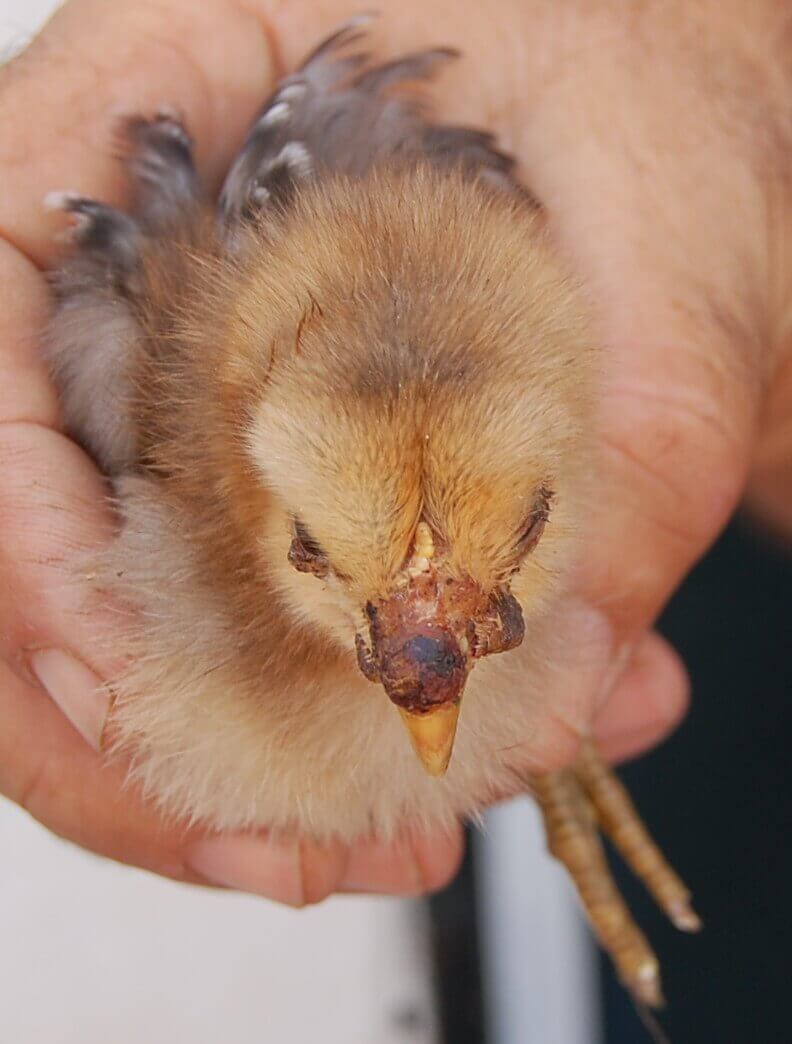Recently, a poultry farmer that is close to Kukufarm missed symptoms of poultry disease in their flock. What happened in a matter of weeks thereafter is a warning for every poultry farmer.
Sadly, said poultry farmer went on to lose 50% of their flock in a couple of weeks. That is, 500 birds’ deaths in a matter of weeks.

What the said farmer said to have missed was early telltale signs of disease in their flock. As a result, detect disease in time and therefore did not isolate, and treat sick birds. Consequently, by the time they were aware of what was happening, an outbreak was already in place and medication did not really do the job.
Although the flock was only a few months old, the loss incurred by said farmer is unspeakable. In the least, the money, time and labor lost is simply irrecoverable. Not to mention that the yield of the remainder birds is not guaranteed since they were definitely exposed to the illness.
FYI if you’re based in the UK and are a small scale poultry farmer, you need to be register with DEFRA to help combat Avian influenza.
How to detect symptoms of poultry disease
Some poultry disease are quite infectious and can spread within a flock in no time. Thus, spotting a symptomatic bird, isolating and treating it can equate to preventing an outbreak.
There is no secret in detecting symptoms of disease in poultry birds. You just need to observe your birds keenly, and keenly observe your birds you need to.

Essentially, you need to dedicate some time on a daily basis, to spend with your flock. Thats right, spend some time with your flock. Observe the way birds move, their general temperament, their eating, drinking and general well being.
Even if you are not a trained poultry veterinarian, spending time with a flock will make it that much easier to detect a behaviour that is not the norm.
Healthy birds have an observable behaviour pattern; the way the feed, move and cluck. Once you’ve learned how your birds and flock in general are when healthy, it becomes that much easier to detect symptoms of disease in a flock.
Symptoms of poultry disease
Since you have been observing your flock, what would be the telltale signs that you would notice, that would inform you of symptoms of disease?
The following is a general classification of symptoms of disease in poultry. It is not in anyway or form complete or exhaustive.
Advisedly, consult a certified poultry vet for proper disease diagnosis and treatment.
If you’re unsure of the symptoms you observe in your birds, isolate those displaying symptoms but do not administer treatment before clarifying your observations. To say the least, a misdiagnosis and therefore a mistreatment can result in a worst outcome.
Postural abnormalities
First and foremost, diseased birds display postural irregularities. For instance, they stay in the same place without movement for too long, or are paralysed. Additionally, they may exhibit tremors, general weakness or have difficult moving around. Examples of postural abnormalities in poultry:
- Paralysis
- Twisting of head and neck
- Tremors
- General weakness
Temperamental abnormalities
Chicken have certain temperamental characteristics. For instance, some chicken are known to be calm, and friendly. Furthermore, chicken in general are active animals. Besides feeding and drinking, chicken also have certain grooming and social activities and behaviors that are easily noticeable.
Example of temperamental abnormalities in poultry:
- Depression
- Loss of appetite
- Lack of physical activity and immobility
- Inability to stand
Diseased chicken with temperamental abnormalities will not engaged in normal activities. For instance, they will stay by themselves, will not eat, and may generally not move around.
Respiratory abnormalities
A number of poultry diseases have something to do with the respiratory system or the discharge from beak or nose. Such diseases include Infectious Bronchitis, Fowl Pox, Botulism, Infectious Coryza, and Fowl Cholera. Symptoms of respiratory abnormalities can include:
- Coughing
- Sneezing
- Gasping
- Nasal discharge
Other
Just like the symptoms already mentioned, these below, are also easily noticeable in a flock, if you pay attention. Moreover, once you are used to observing healthy birds, birds with the following symptoms and others will stand out from the flock like sore thumbs;
- Swelling around the eyes
- Blindness
- Irregular fecal discharge and diarrhea
- Foul odor
- Swollen joints
- Ruffled feathers
- Swollen feet
- Discharge from mouth
- Dropping wings
- Reduced egg production
- Loss of, or inability to maintain body weight
- Abnormal spots on beak, nose, or other body parts
Key takeaways
- Make a point of observing your flock’s general behaviour on a daily basis
- Early disease detection can prevent a disease outbreak
- Once you’ve familiarized yourself with general behavior of healthy birds, noticing diseased birds will become second nature
- Isolate symptomatic birds and consult with a certified vet if you’re unsure of appropriate treatment
- Implement active and passive biosecurity measures to enhance flock health
- Administer poultry vaccines and treatments as prescribed by respective flock supplier and certified vets

